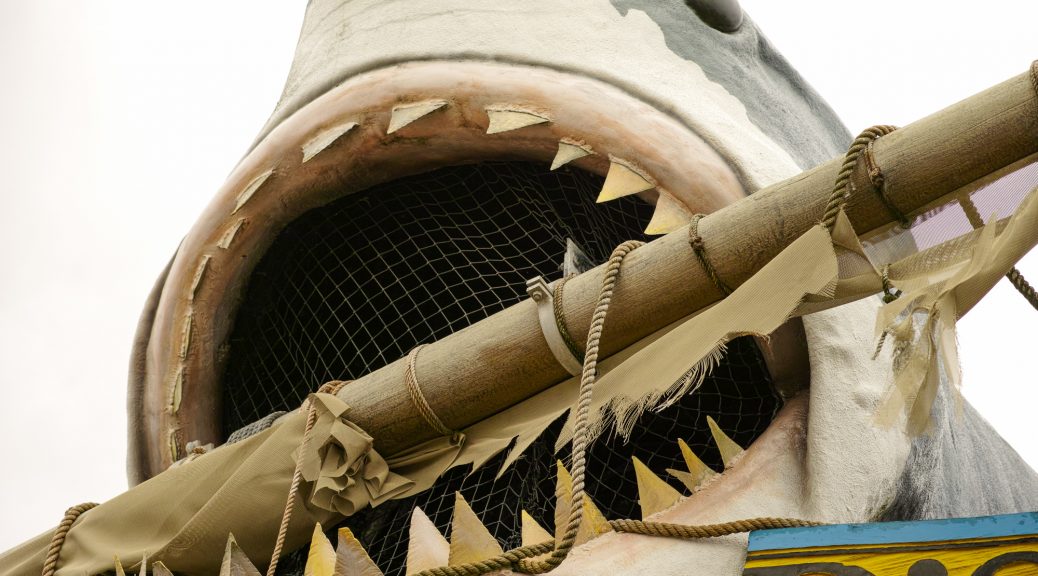The Sigma DP3 Merrill was released in 2013 for a list price of $999. The camera uses the very unique Foveon 3 layer sensor with 45 million photo sensors, producing 15 megapixel images. Since each “pixel” in the image has the full color info from the 3 stacked sub-pixels, there is no need for any AA filter, or bayer mask requiring demosaicing. The DP Merrill cameras came in three versions, each with its own fixed focal length (DP1: 28mm DP2: 50mm and DP3: 75mm equivalent focal length lenses). Foveon cameras have an almost cult-like following, with claims of 3D-like images, magical colors, medium format quality, and razor sharp images…
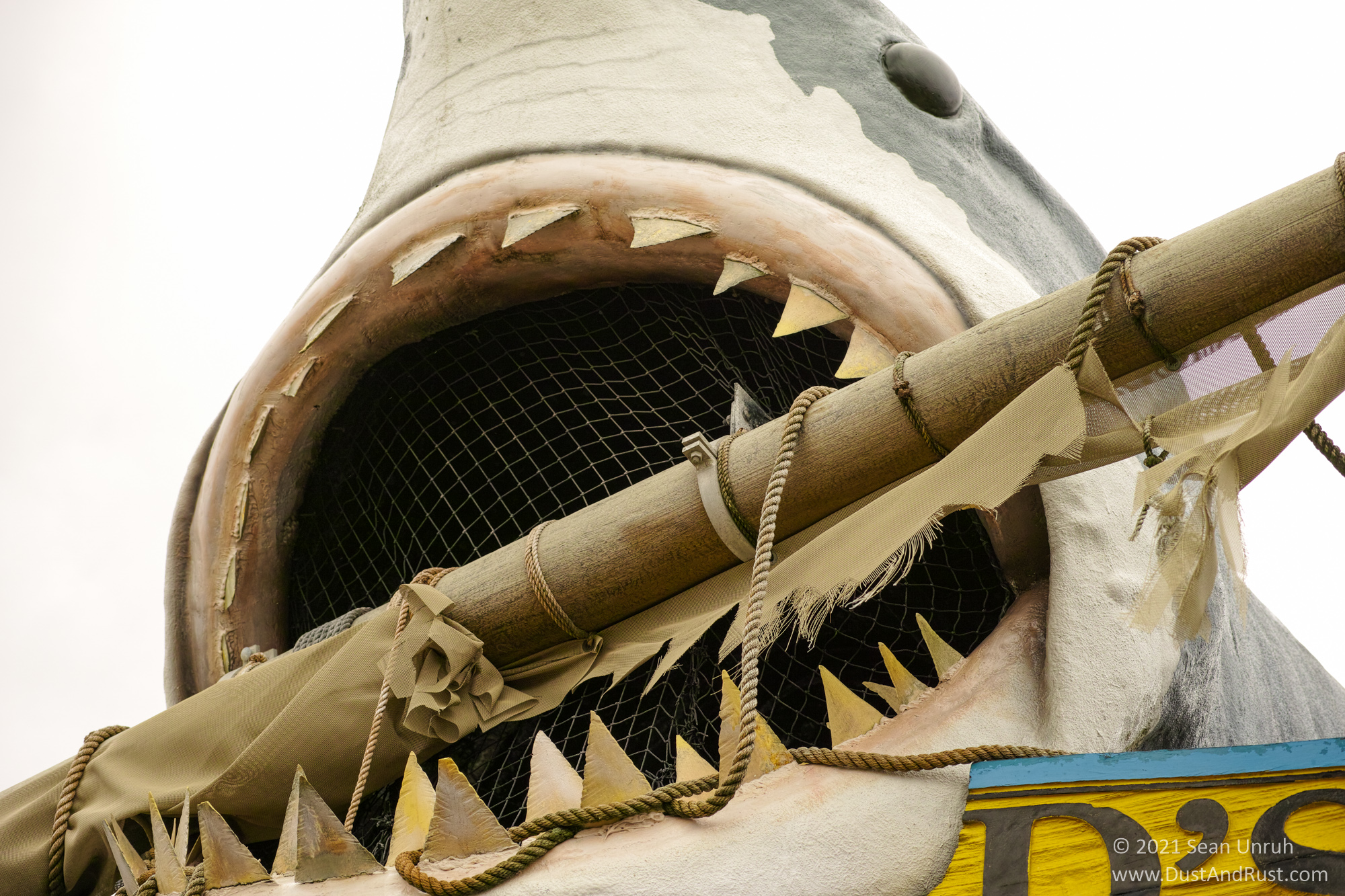
I purchased my lightly used DP3 in 2019 from Adorama for $565 dollars, and the prices continue to hover around that amount today. While I am not a cult member, I can confirm that under the right conditions, the camera captures an exceptional amount of detail and great colors.


There are downsides to the camera that may deter some potential purchasers :
- The Merrill cameras X3F images are not supported by Lightroom, and must be edited in Sigma Photo Pro and converted to tif before importing.
- Images can be very noisy above iso 400, and you should probably stick to iso 100 where possible.
- Getting a good exposure is critical, there is not much headroom to recover blown highlights, and you don’t want to underexpose too much.
- The cameras are slow, with poor battery life… multiple batteries are needed to get through a day of shooting.
- The images are very large (50mb raw, 80+mb 16bit tiff)
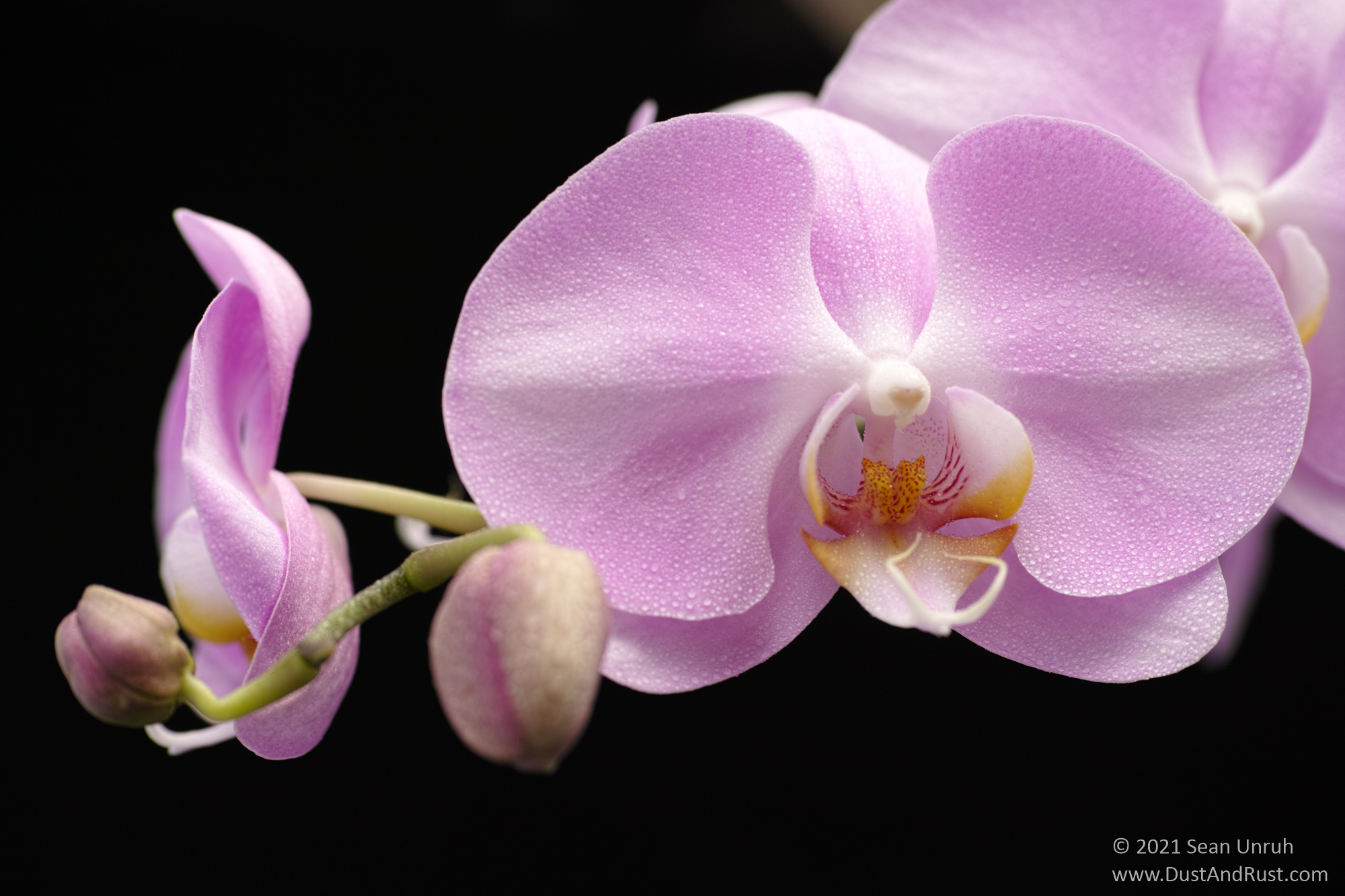
For me, the camera is for “special cases”. If you have a static subject, with lots of color and detail and good light, the camera will shine. The lens is very sharp, even at f/2.8. I don’t like to use the camera for regular “people shots” since the extreme sharpness can be a little harsh to skin.
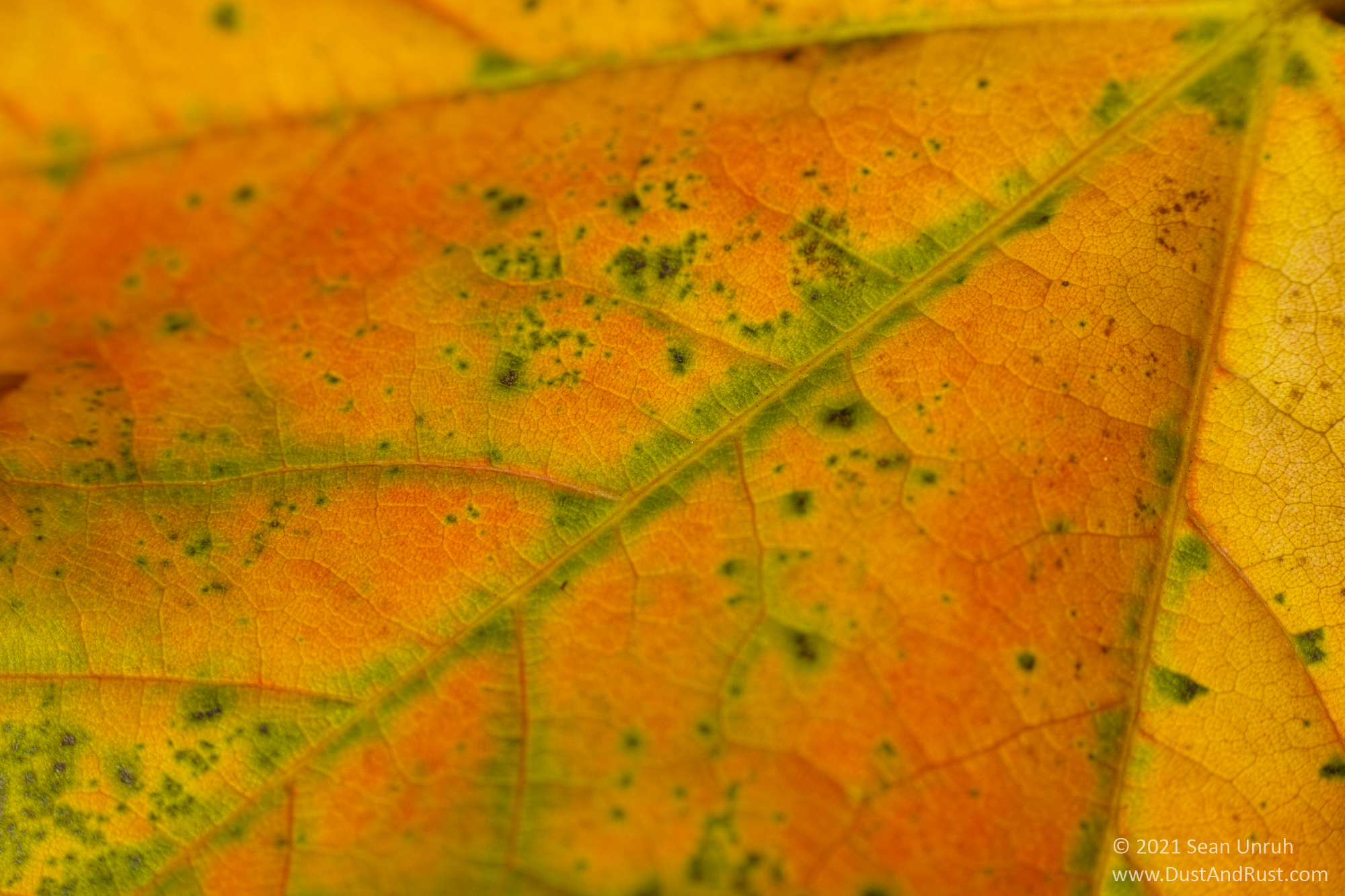
As an owner of an old D800, i can confirm that the detail captured by the DP3 Merrill is very close to that cameras larger 36mp sensor, but the pixel level sharpness of the Sigma is sometimes mind-blowing. The default sharpening in Sigma Photo Pro may need to be dialed down at times. The lens is perfectly matched to the camera/sensor, an advantage of not having to support multiple lenses/bodies.
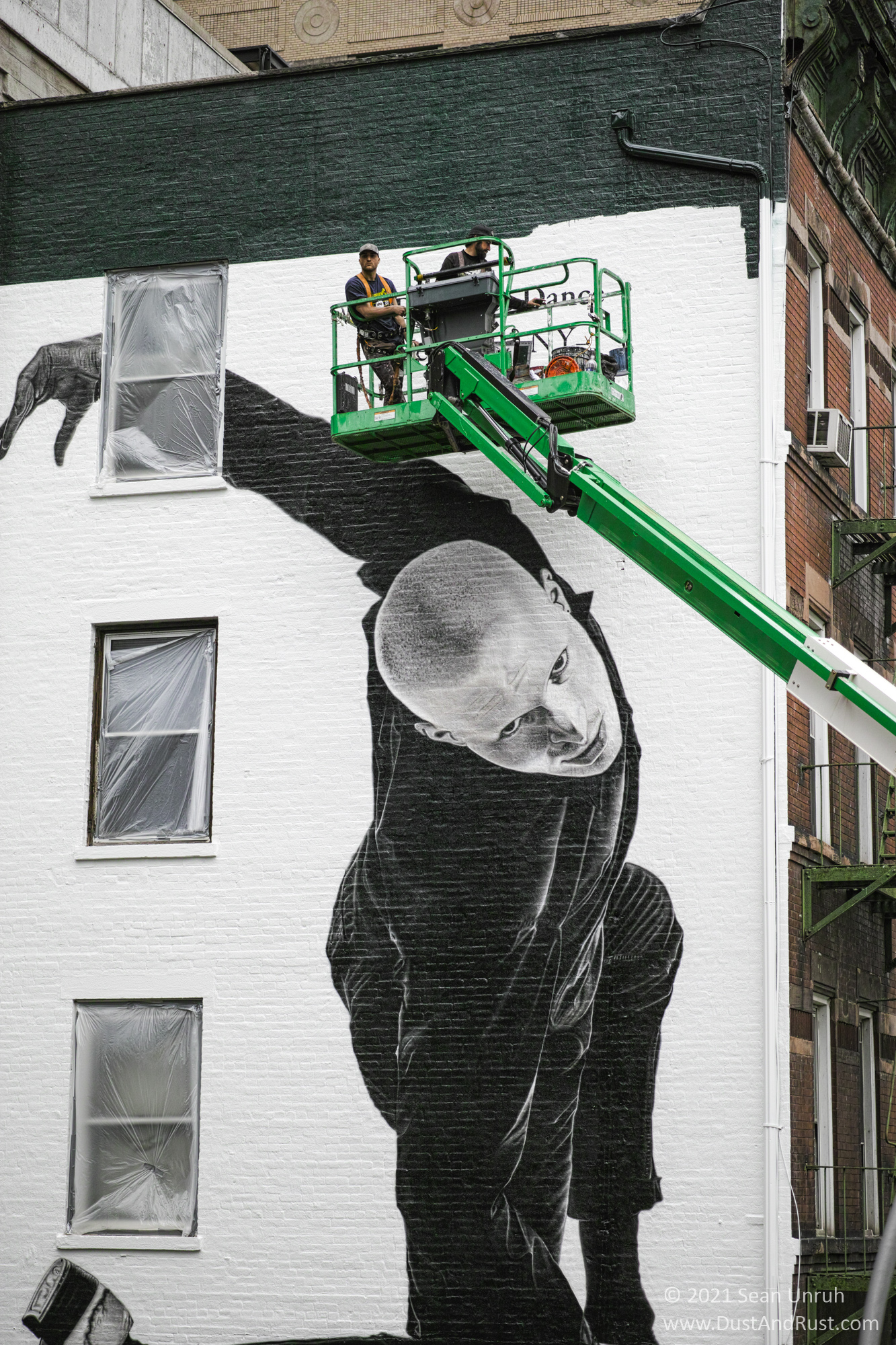
Because of the limitations of the camera, especially the need to stick to low iso settings and the battery life, I would not recommend the DP3-M as an everyday camera. It’s compact size make it easy to take along with other gear and when the situation is right, it really can capture some stunning images.

If you have the budget, and some patience, the Sigma Merrill cameras will still deliver some amazing images, over 7 years after their release. Sigma/Foveon fans have been patiently waiting for a new version of these special tools, but the current used prices would allow someone to purchase the camera, try it out, and decide to keep or resell it based on their results, without taking a severe hit to their wallets. I am glad I purchased the camera, and will be holding on to it unless a new magical replacement is ever released. – Sean
